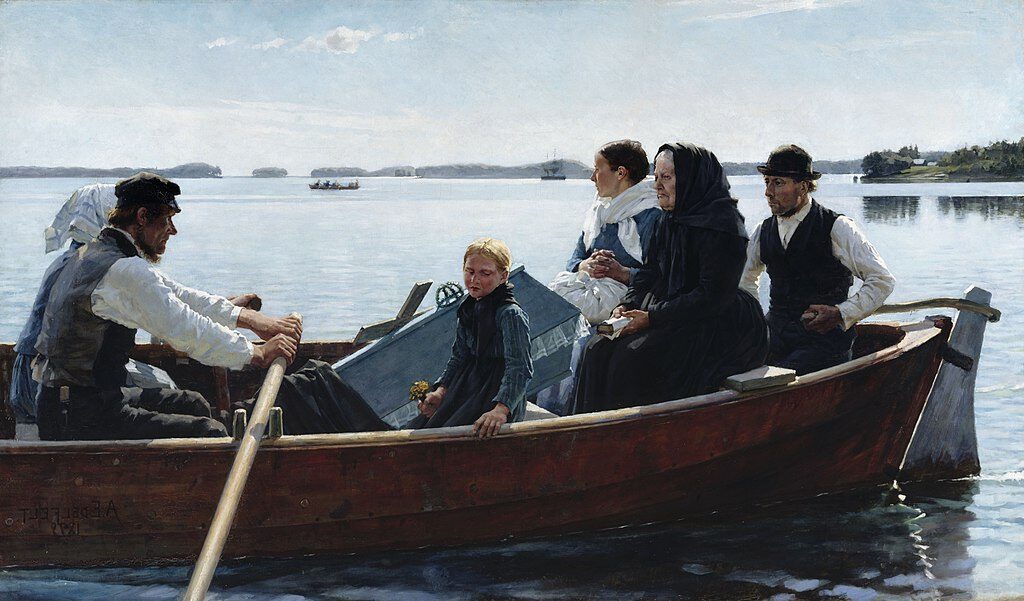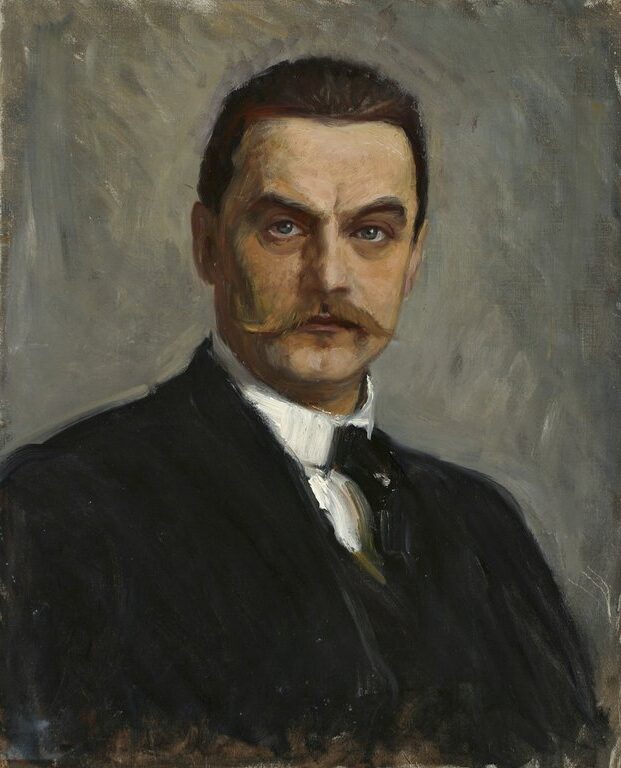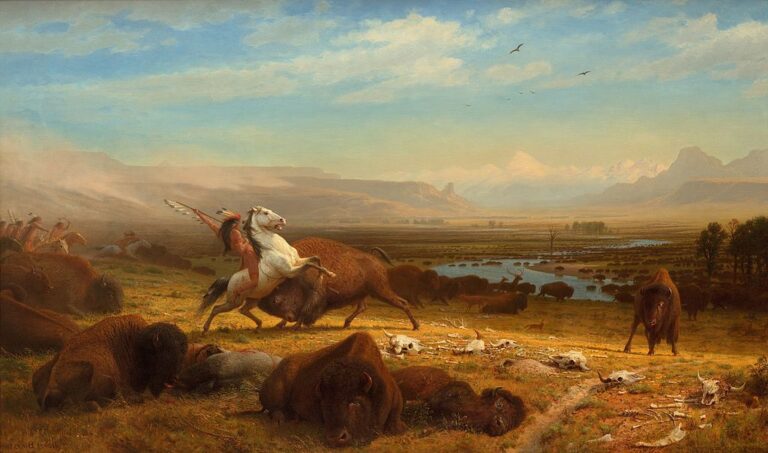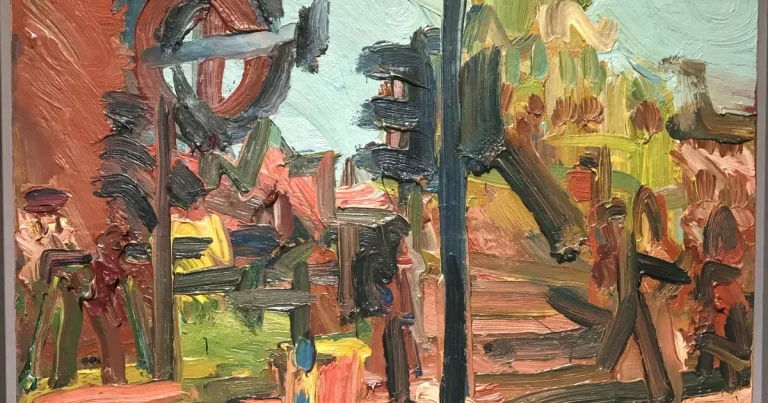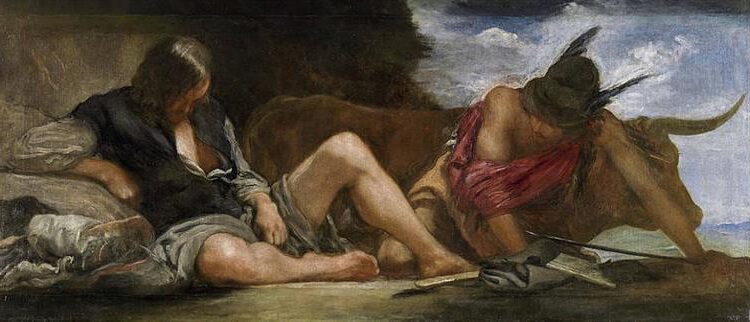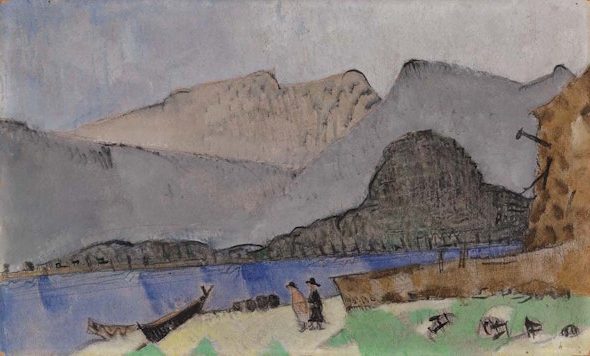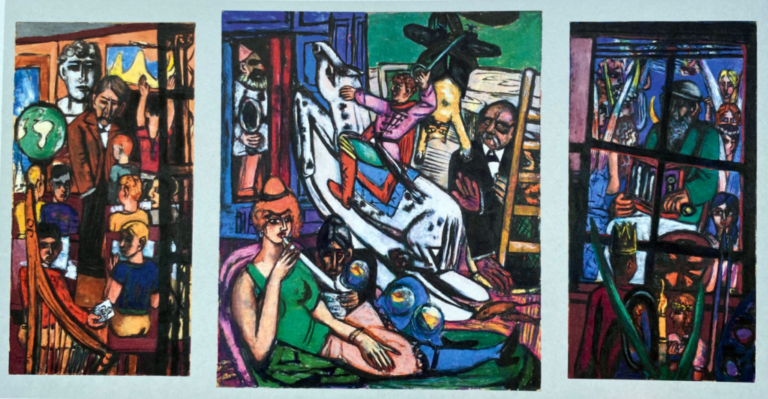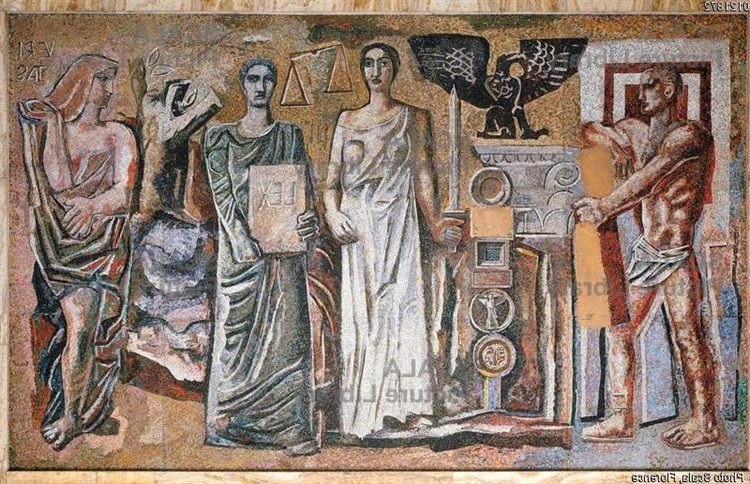Albert Edelfelt: Finnish Painter of National Identity in the 19th Century
Born: 21 July 1854, Porvoo, Grand Duchy of Finland, Russian Empire
Death: 18 August 1905, Porvoo, Grand Duchy of Finland, Russian Empire
Mouvement artistique : Réalisme
Nationality: Finnish
Teachers: Adolf von Becker and Nicaise de Keyser
Institution: Drawing School of the Finnish Art Society and Royal Academy of Fine Arts
Albert Edelfelt: Finnish Painter of National Identity in the 19th Century
Life and Artistic Development of Albert Edelfelt
Albert Edelfelt (1854-1905) rose from humble beginnings to become one of Finland’s most celebrated artists. His journey through various European art centers shaped his distinctive naturalistic style that brought him international recognition.
Petite enfance et éducation
Albert Gustaf Aristides Edelfelt was born on July 21, 1854, to a Swedish-speaking Finnish family. His artistic talent emerged early, leading him to the Drawing School of the Finnish Art Society at just fourteen years old.
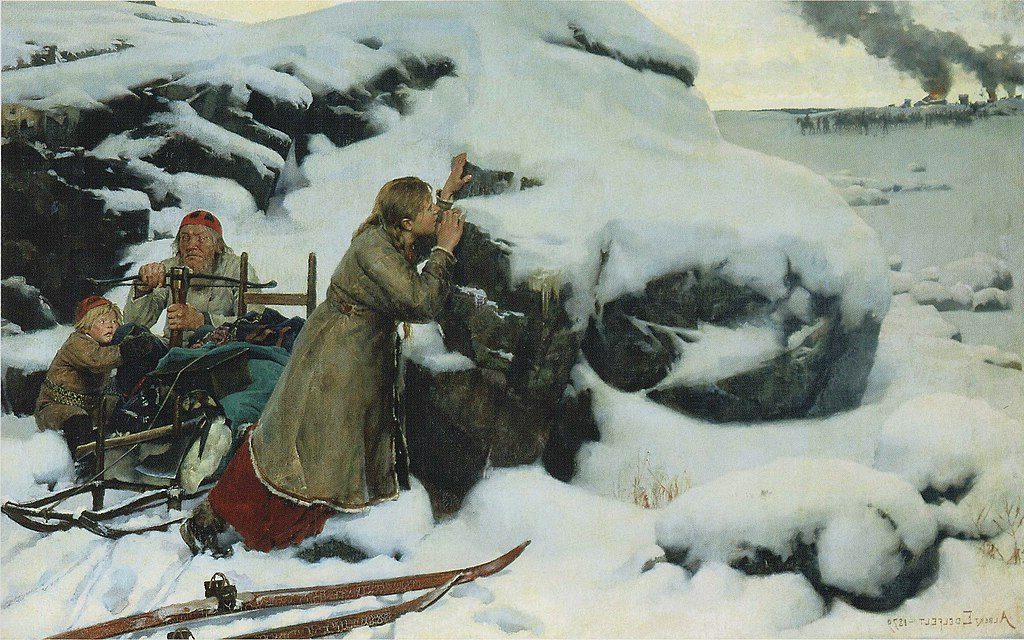
The Burnt Village – Scene from the Finnish Peasant Revolt of 1596 (1879)
This formal training laid the foundation for his future success.
After his initial studies in Finland, Edelfelt continued his education abroad. He enrolled at the Antwerp Academy of Art, where he refined his technical skills under respected instructors.
His education took a significant turn when he moved to Paris in 1874. There, he studied under renowned academic painter Jean-Léon Gérôme at the prestigious École Nationale des Beaux-Arts.
This period was crucial for developing his artistic vision and technique.
Travels and Influences
Paris became Edelfelt’s primary base, but he frequently traveled throughout Europe. These journeys greatly influenced his artistic perspective and subject matter.
His time in Copenhagen connected him with Scandinavian artistic circles, broadening his network.
The vibrant art scene of Paris exposed Edelfelt to the Realist art movement. This exposure shaped his approach to painting, emphasizing truthful depiction over idealization.
He developed a naturalistic style that captured everyday life with honesty and clarity.
Edelfelt maintained strong connections to Finland despite his international career. He regularly returned home to paint Finnish landscapes, people, and cultural scenes.
These works helped establish a visual identity for Finnish art on the world stage.
His circle of “Good Friends” included both Finnish and international artists who exchanged ideas and influenced each other’s work.
Style artistique et techniques
Edelfelt’s style evolved from academic traditions toward naturalism and realism. He excelled at portraiture, landscapes, and historical scenes, all executed with remarkable technical precision.
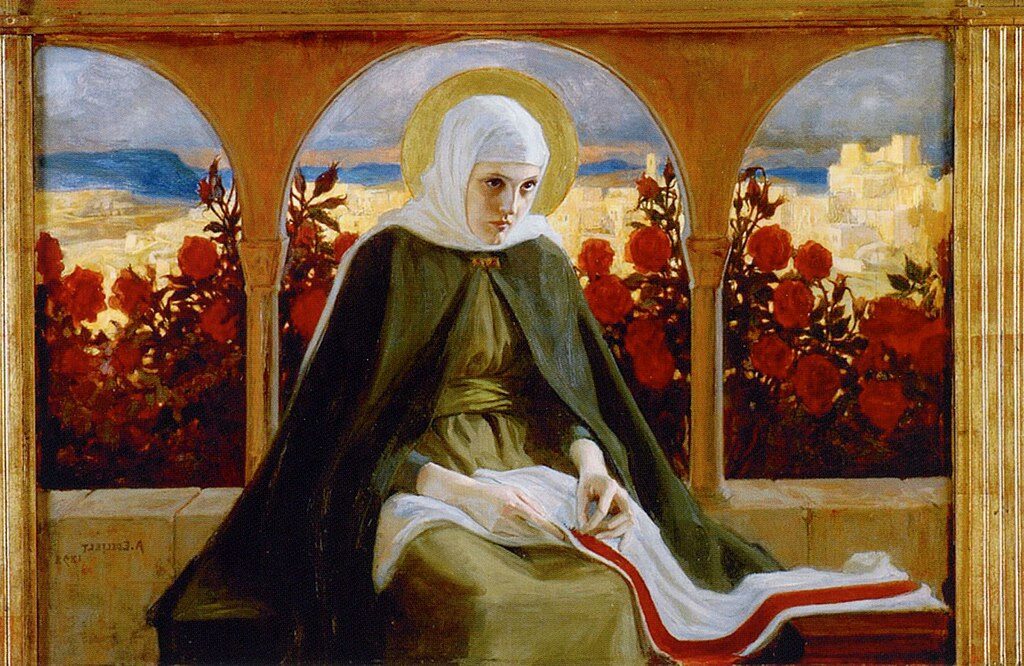
Virgin Mary in the Rose Garden (1898) by Albert Edelfelt
His brushwork was confident and detailed, creating luminous effects that brought his subjects to life.
Light played a central role in his paintings. He masterfully captured the unique quality of Nordic light, especially in his outdoor scenes.
This skill helped distinguish his work from that of his contemporaries.
His painting “A Child’s Funeral” exemplifies his realistic approach and earned him international recognition with a third-place award. This work demonstrated his ability to handle emotionally complex subjects with sensitivity and technical excellence.
Edelfelt’s portraits were particularly notable. He painted many prominent figures of his time with psychological insight and technical brilliance.
These works solidified his reputation as one of Finland’s most important artists.
Notable Works and Contributions to Finnish Art
Albert Edelfelt created numerous masterpieces that helped establish Finnish art on the international stage. His technical skill and versatile approach to painting subjects ranging from historical scenes to portraits earned him recognition both in Finland and abroad.
Historical and Portrait Paintings
Edelfelt gained fame through his historical paintings that depicted significant moments in Finnish culture. His portrait of national poet Johan Ludvig Runeberg (1877) became an iconic image of Finnish identity during a time of growing nationalism.
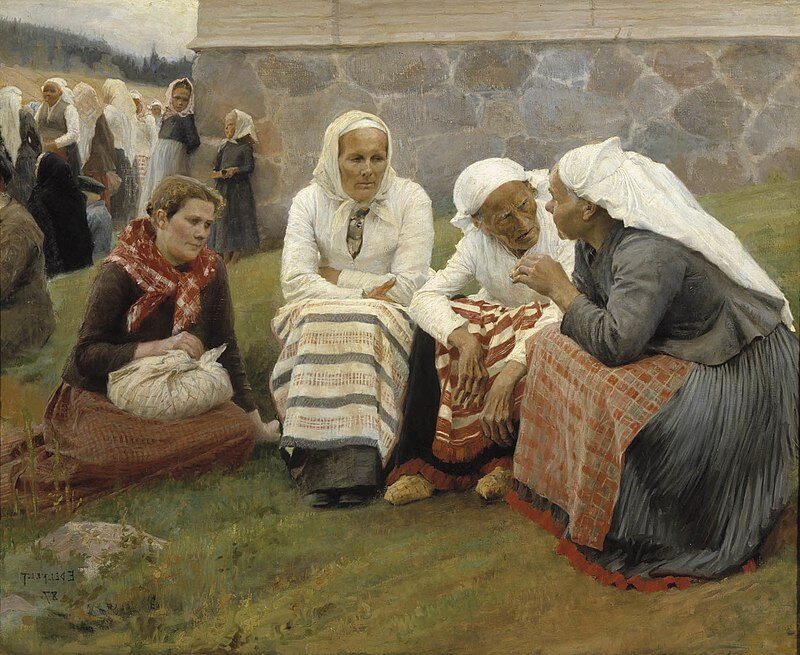
Women Outside the Church in Ruokolahti (1887) by Albert Edelfelt
The artist’s “Women Outside the Church at Ruokolahti” (1887) captured rural Finnish life with remarkable detail and sensitivity. This work exemplifies his ability to portray ordinary people with dignity.
Edelfelt’s portrait skills reached their pinnacle with “Portrait of Louis Pasteur” (1885), showing the scientist in his laboratory. This painting won acclaim at the Paris Salon and demonstrated his masterful technique in portraying both the subject’s personality and environment.
“Boys Playing on the Shore” (1884) showcased his skill in depicting natural light on water, a technique he perfected through careful observation.
Influence on Finnish Culture
Edelfelt helped establish a distinctly Finnish artistic identity during a critical period in the nation’s history. His works celebrating Finnish landscapes, like “Kaukola Ridge at Sunset,” inspired national pride and awareness of Finland’s natural beauty.
As a teacher and mentor, he influenced younger Finnish artists by demonstrating how to balance international styles with national themes. His meticulous attention to composition became a hallmark for future generations of painters.
Edelfelt’s portraits of cultural figures, including opera singer Aino Ackté, preserved the images of important Finns for posterity. These works now hang in the Ateneum Art Museum, forming an essential visual record of Finnish cultural history.
His realistic approach to Finnish subjects created a new visual language for depicting national identity that moved beyond romanticism.
Reconnaissance internationale
Edelfelt achieved remarkable international success during his lifetime. His work “The Parisienne” (1883) was purchased by the French state, making him one of the first Finnish artists to receive such recognition.
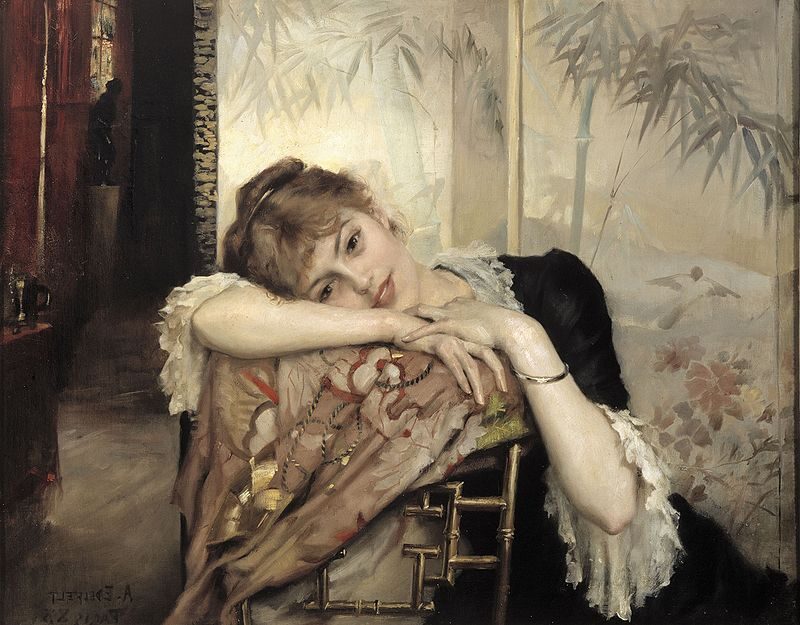
The Parisienne (Virginie) (1883) by Albert Edelfelt
At the Paris Salon, Edelfelt exhibited alongside masters like John Singer Sargent. His technical skill in oils and watercolours earned respect from critics and artists throughout Europe.
Edelfelt’s realism and attention to light effects showed influences from French techniques while maintaining distinctly Nordic subject matter. This fusion of approaches helped place Finnish art within the broader European tradition.
His international connections helped open doors for other Finnish artists. By moving between Paris and Finland, he brought contemporary European influences to Finnish art while introducing Finnish themes to international audiences.
Héritage et impact sur l'art
Albert Edelfelt’s artistic influence extends beyond his lifetime, cementing his position as one of Finland’s greatest artists. His work bridged Finnish national identity with European artistic movements, creating a lasting legacy in the art world.
Museum Exhibitions and Collections
Edelfelt’s works are prominently featured in major museums across Finland and Europe. The Ateneum Art Museum in Helsinki holds the largest collection of his paintings. His most famous works, including portraits of Louis Pasteur and the illustration of Johan Ludvig Runeberg’s poem “The King’s Ring,” continue to draw visitors from around the world.
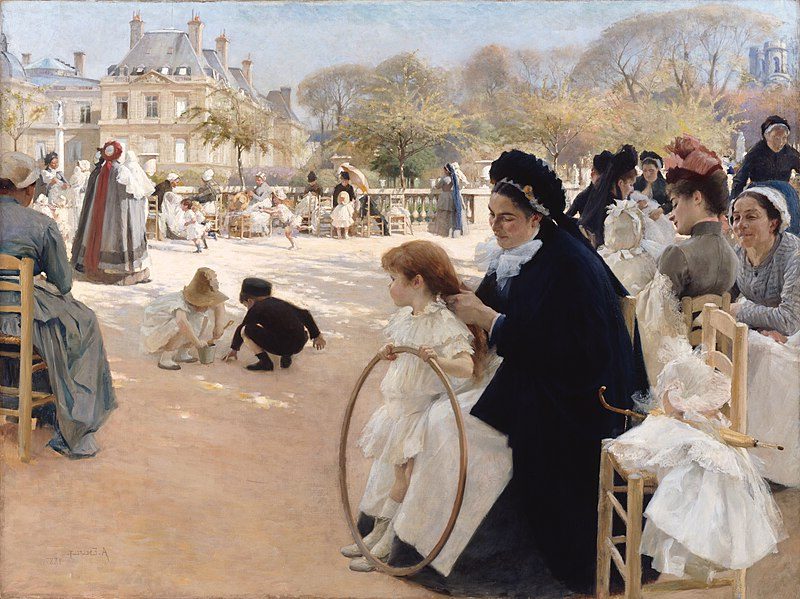
Luxembourg Gardens, Paris (1887) by Albert Edelfelt
International recognition came during his lifetime when he received the prestigious Legion of Honour in France. This acknowledgment helped put Finnish art on the global map.
Today, special exhibitions of his work regularly tour museums in the Nordic countries and beyond.
Le sien plein air paintings of Finnish coastal scenes and everyday rural life are particularly valued for their historical and cultural significance.
Commemoration and Influence on Artists
Edelfelt’s influence on Finnish art is comparable only to that of his contemporary, Akseli Gallen-Kallela. He pioneered a distinctive approach that blended impressionist techniques with realistic portrayal of Finnish subjects and landscapes.
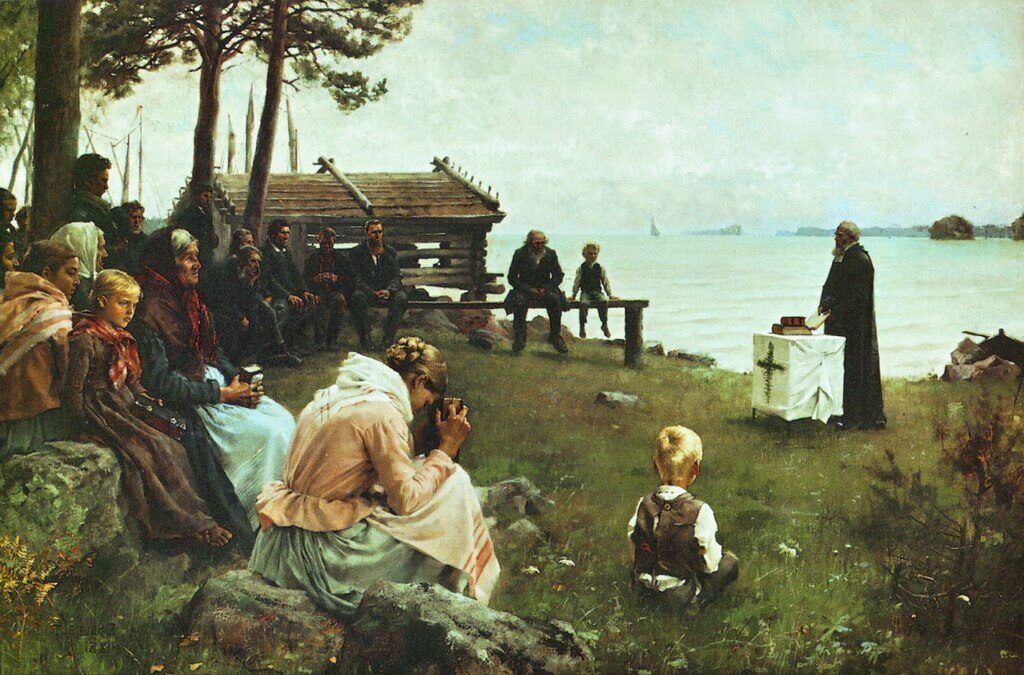
Church Service by the Sea in the Uusimaa Archipelago (1881)
Several monuments honor Edelfelt in Finland, including his preserved studio near Porvoo. The Finnish postal service has issued stamps featuring his paintings, recognizing his cultural importance.
Many Finnish artists who followed him adopted his approach to naturalism and his technique of painting outdoors. His success in Paris opened doors for later generations of Finnish artists on the international stage.
Edelfelt’s commitment to depicting everyday scenes with dignity influenced the development of Finnish national identity in art, creating a visual language that celebrated Finnish culture while remaining connected to European artistic traditions.
Questions fréquemment posées
Albert Edelfelt left a significant legacy in art history through his naturalistic style and international acclaim. His contributions to Finnish art and his versatile techniques continue to fascinate art enthusiasts worldwide.
What are the most renowned works of Albert Edelfelt?
Albert Edelfelt’s “A Child’s Funeral” stands as one of his most acclaimed works, earning him international recognition and a prestigious award.
His plein air paintings created during his 15-year residence in Paris showcase his masterful outdoor technique and observation skills.
Many art historians also celebrate his portraits réalistes that captured the essence of Finnish life and culture during the late 19th century.
How did Albert Edelfelt contribute to the art movement of his time?
Edelfelt pioneered a naturalistic style that helped establish Finnish art on the international stage. He became Finland’s first cosmopolitan art icon through his successful career in Paris.
His realist approach to art challenged prevailing romantic traditions while embracing modern artistic sensibilities of the fin-de-siècle period.
Edelfelt bridged European artistic traditions with Finnish cultural themes, creating a distinctive voice that influenced generations of Nordic artists.
Can you detail Albert Edelfelt’s influence on Finnish national identity through his paintings?
Edelfelt’s works celebrated Finnish landscapes, people, and traditions during a crucial period of national identity formation. His paintings documented authentic Finnish life with dignity and artistic precision.
He elevated everyday Finnish scenes to the level of fine art worthy of international recognition. This validation helped strengthen Finland’s cultural self-confidence.
By achieving success abroad while maintaining Finnish themes, Edelfelt demonstrated that national art could have universal appeal.
What techniques and styles did Albert Edelfelt employ in his artwork?
Edelfelt mastered plein air painting, working directly outdoors to capture natural light and authentic settings. His technique featured precise brushwork and careful attention to atmospheric conditions.
He embraced realism with a naturalistic approach that depicted subjects truthfully without idealization. His color palette often reflected the northern light unique to Finland.
Edelfelt combined academic training with modern sensibilities, creating works that were technically accomplished yet fresh and immediate in their impact.
Could you discuss Albert Edelfelt’s education and formative years as an artist?
Albert Edelfelt was born on July 21, 1854, and received formal training that combined Finnish foundations with international exposure. His education prepared him to become one of Finland’s first internationally successful artists.
His formative period included classical training in composition and technique. This solid foundation allowed him to develop his distinctive style.
Paris became crucial to his artistic development, exposing him to current European trends while allowing him to refine his personal vision.
What collaborations or influences are evident in Albert Edelfelt’s artistic career?
Edelfelt’s work shows the influence of French naturalism and realism popular during his time in Paris. These movements shaped his approach to light, composition, and subject matter.
He maintained connections with Finnish artistic circles while participating in the Parisian art scene. This created a bridge between these different worlds.
His career benefited from collaborations with cultural institutions in both Finland and France. These included joint exhibitions that expanded his audience and influence.

